(1) The product irradiates odorous gases by special high-energy and high-ozone ultraviolet ray beam, cracks odorous gases such as ammonia, trimethylamine, hydrogen sulfide, methyl mercaptan, methyl sulfide, dimethyl disulfide, carbon disulfide and styrene, VOC, benzene, toluene, xylene, etc. and makes the molecular chains of organic or inorganic macromolecule odorous compounds in high-energy ultraviolet light. Under beam irradiation, low molecular weight compounds such as C02 and H20 were degraded and transformed.
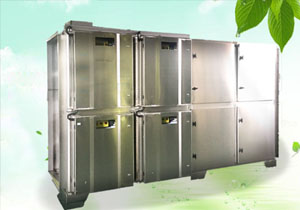
(2) The use of high-energy and high-ozone UV ultraviolet light beam to decompose oxygen molecules in the air to produce free oxygen, which needs to be combined with oxygen molecules because of the imbalance of positive and negative electrons carried by free oxygen, thus generating odor. UV + O 2 O - + O* (free oxygen) O + O 2 O 3 (ozone), it is well known that ozone has a strong oxidative effect on organic matter, and has an immediate effect on the removal of odorous gases and other irritating odors.
(3) After the odor gas is input into the purification equipment by the exhaust equipment, the purification equipment uses high-energy UV ultraviolet ray beam and ozone to decompose and oxidize the odor gas synergistically, so that the odor gas can be degraded into low molecular compound, water and carbon dioxide, and then discharged outdoors through the exhaust duct.
(4) Deodorizing and killing bacteria can be achieved by splitting the molecular bonds of bacteria in odorous gases with high-energy UV beams, destroying bacterial nucleic acid (DNA), and then oxidizing by ozone.
Theoretical Introduction of Ultraviolet High Efficiency Photolysis Purification Technology for Odor Gas (Industrial Waste Gas)

產(chǎn)品特點(diǎn)
(1) Photocatalytic oxidation is suitable for the oxidation of VOCs gas to non-toxic and harmless substances at room temperature, and for the treatment of toxic and harmful gases with high concentration, large gas volume and strong stability.
(2) Effective purification and photocatalytic oxidation can directly oxidize VOCs into non-toxic and harmless substances without any secondary pollution.
(3) The green energy photocatalytic oxidation uses the vacuum wave ultraviolet light produced by ultraviolet lamp tube as energy to activate the photocatalyst and drive the oxidation-reduction reaction. Moreover, the photocatalyst is not consumed in the reaction process. The oxygen in the air is used as oxidant to effectively degrade toxic and harmful VOCs, which has become the biggest feature of energy saving by photocatalysis.
(4) Strong oxidation: Semiconductor photocatalysis is characterized by strong oxidation. It can effectively decompose some organic substances which are difficult to oxidize by ozone, such as trichloromethane, carbon tetrachloride and hexachlorobenzene. Therefore, it has special significance for organic substances which are difficult to degrade. The effective oxidizer of photocatalysis is hydroxyl radical (OH-) and superoxide ion radical (O2-, O-). It is higher than ozone, hydrogen peroxide, potassium permanganate and hypochlorite.
(5) Broad-spectrum: Photocatalytic oxidation is effective for many kinds of organic substances from hydrocarbons to carboxylic acids, even for atomic organic substances such as halogenated hydrocarbons, dyes, nitrogen-containing organic substances, organophosphorus pesticides, which can be completely purified after a certain reaction time.
Applicable fields: paint spraying, oil refinery, rubber plant, chemical plant, manufacturing plant, sewage treatment plant, garbage transfer station, laboratory and other waste gas purification treatment
 Huaxi EP
Huaxi EP


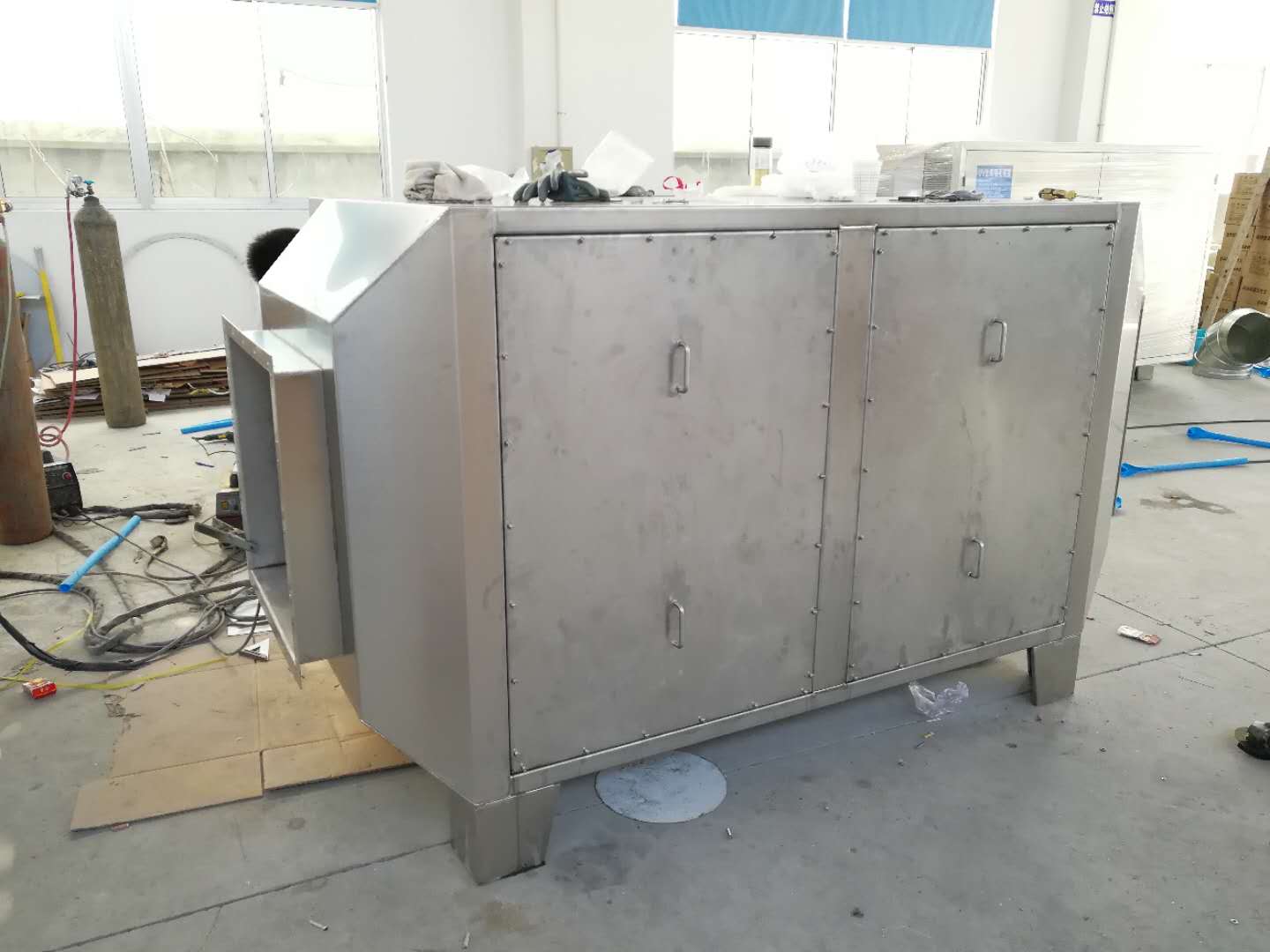
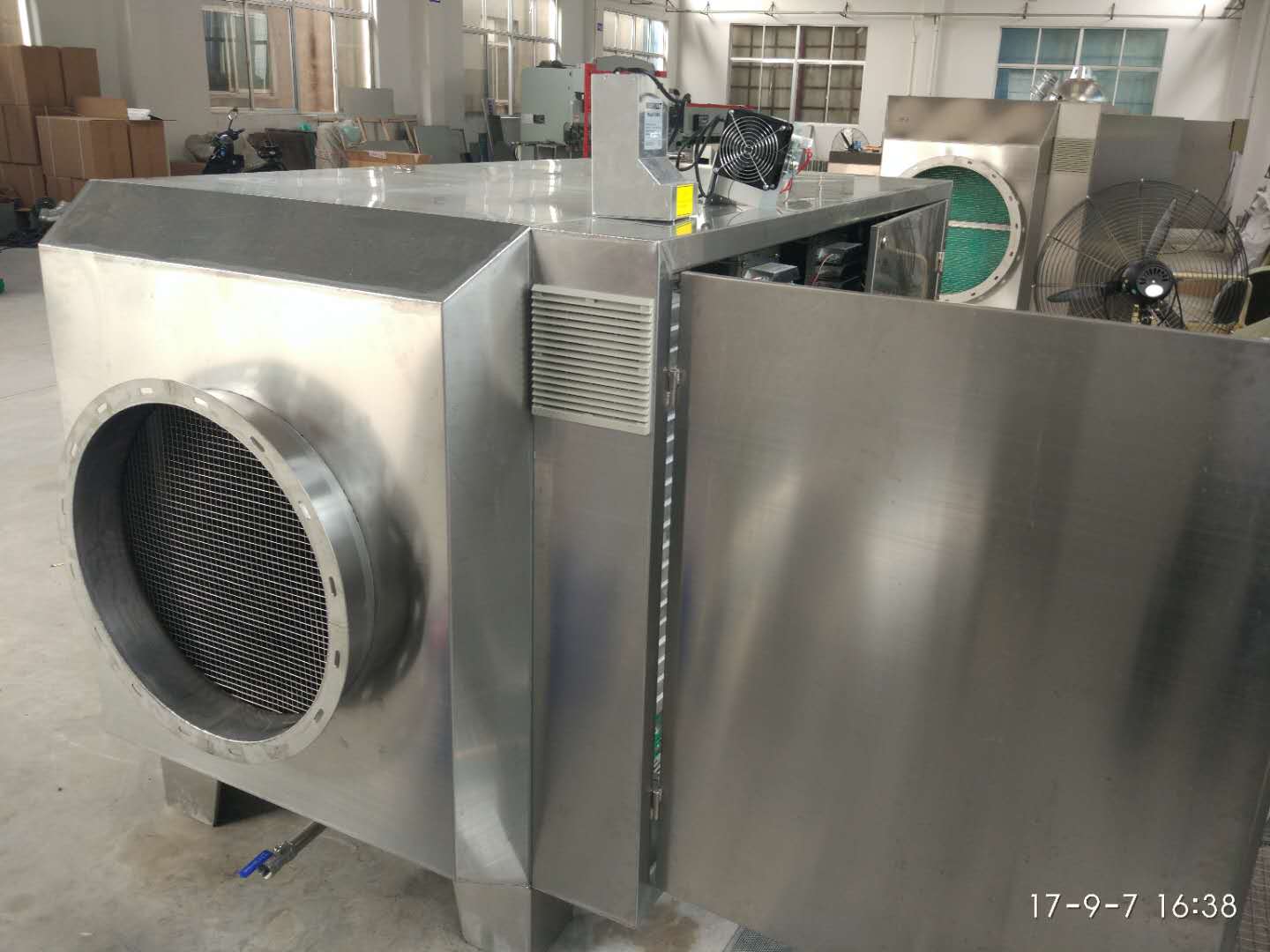
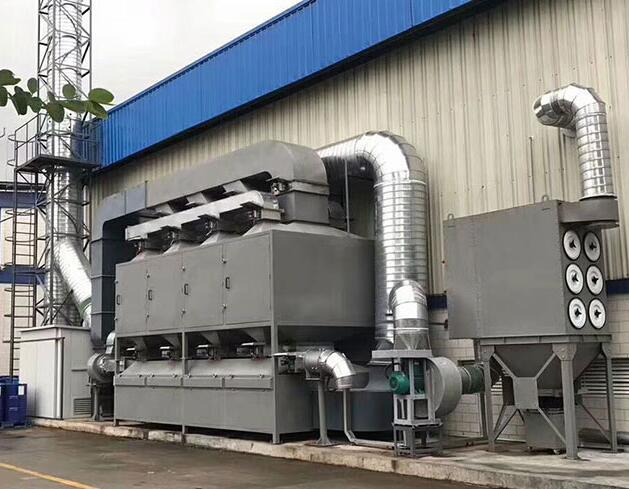

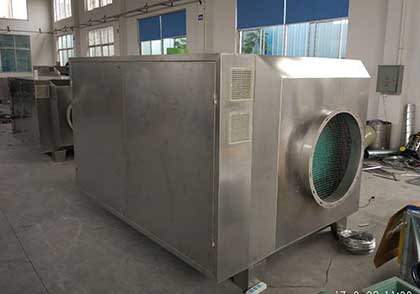 Photoionization Composite Waste Gas Treatment Equipment
Photoionization Composite Waste Gas Treatment Equipment Electrically Heated Catalytic Combustion Equipment
Electrically Heated Catalytic Combustion Equipment UV photolysis plasma integrator
UV photolysis plasma integrator Flue gas treatment equipment
Flue gas treatment equipment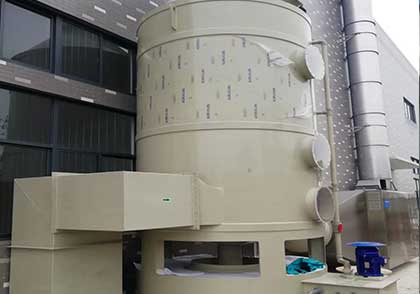 Washing Tower Waste Gas Treatment Equipment
Washing Tower Waste Gas Treatment Equipment Plasma waste gas treatment equipment
Plasma waste gas treatment equipment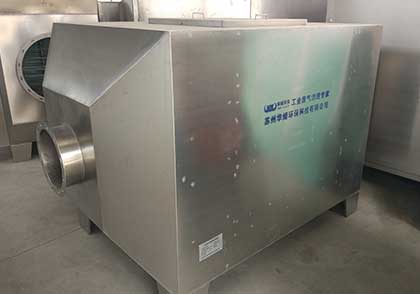 Activated carbon adsorption Purification device
Activated carbon adsorption Purification device Photo-Oxygen Catalytic Waste Gas Treatment Equipment
Photo-Oxygen Catalytic Waste Gas Treatment Equipment


 Mobile access
Mobile access